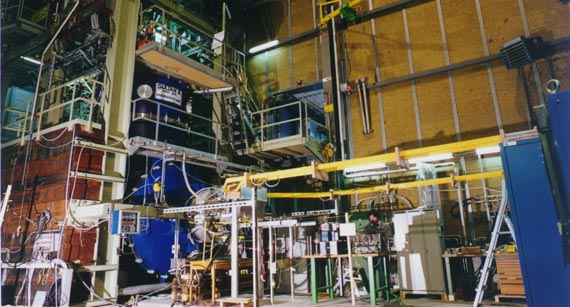3,219 views
In a superconducting transformer the windings, made of a high temperature superconducting material (HTS), are cooled with liquid nitrogen at about 77K so that the resistance is almost negligible. Load losses, even after adding losses from nitrogen processing, can be reduced by 50%.
The use of HTS transformers on a larger scale is economically justified and will become more attractive as cooling systems improve and the cost of liquid nitrogen production falls. Another important factor is progress in the processing of long lengths of HTS conductors.
These transformers have smaller weight and volume and are more resistant to overload but cost about 150% to 200% of the price of conventional transformers. So, in applications where weight is crucial (railway vehicles), transformers are much more “squeezed” (by forced cooling) to cut the weight. So efficiencies are much lower, and saving weight saves energy twice.
In our opinion, HTS transformers are suitable only in applications where the load losses make up a high proportion of the total losses, but are not yet ready for general use.
.
Related articles
1,959 views

Reduction In The Cost Of Electricity
Good management in the consumption of reactive energy brings with it the following economic advantages.
These notes are based on an actual tariff structure of a kind commonly applied in Europe, designed to encourage consumers to minimize their consumption of reactive energy.
The installation of power-factor correcting capacitors on installations permits the consumer to reduce his electricity bill by maintaining the level of reactive-power consumption below a value contractually agreed with the power supply authority.
In this particular tariff, reactive energy is billed according to the tan ϕ criterion.
As previously noted:
![]()
At the supply service position, the power supply distributor delivers reactive energy free, until:
- The point at which it reaches 40% of the active energy (tan ϕ = 0.4) for a maximum period of 16 hours each day (from 06-00 h to 22-00 h) during the mostheavily loaded period (often in winter)
- Without limitation during light-load periods in winter, and in spring and summer.
During the periods of limitation, reactive energy consumption exceeding 40% of the active energy (i.e. tan ϕ > 0.4) is billed monthly at the current rates. Thus, the quantity of reactive energy billed in these periods will be:
kvarh (to be billed) = kWh (tan ϕ – 0.4) where kWh is the active energy consumed during the periods of limitation, and kWh tan ϕ is the total reactive energy during a period of limitation, and 0.4 kWh is the amount of reactive energy delivered free during a period of limitation.
Tan ϕ = 0.4 corresponds to a power factor of 0.93 so that, if steps are taken to ensure that during the limitation periods the power factor never falls below 0.93, the consumer will have nothing to pay for the reactive power consumed.
Against the financial advantages of reduced billing, the consumer must balance the cost of purchasing, installing and maintaining the power-factor-improvement capacitors and controlling switchgear, automatic control equipment (where stepped levels of compensation are required) together with the additional kWh consumed by the dielectric.
Losses of the capacitors, etc. It may be found that it is more economic to provide partial compensation only, and that paying for some of the reactive energy consumed is less expensive than providing 100% compensation.
The question of power-factor correction is a matter of optimization, except in very simple cases.
Technical/economic optimization
A high power factor allows the optimization of the components of an installation. Overating of certain equipment can be avoided, but to achieve the best results, the correction should be effected as close to the individual items of inductive plant as possible.
Reduction of cable size
Figure 1 shows the required increase in the size of cables as the power factor is reduced from unity to 0.4.

Fig. 1 : Multiplying factor for cable size as a function of cos φ
.






